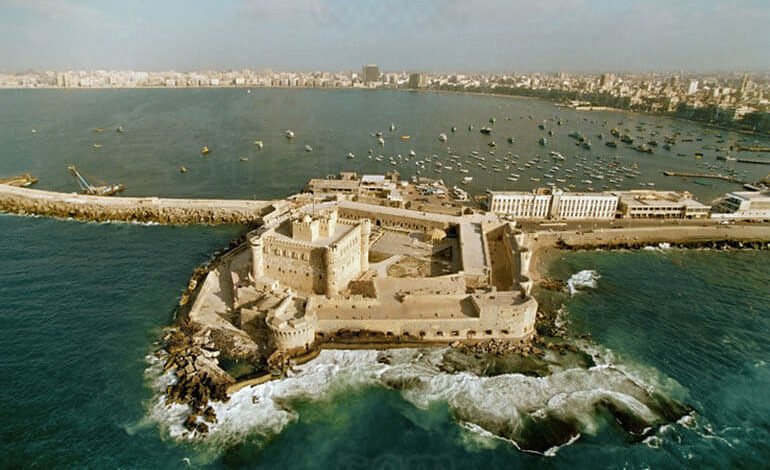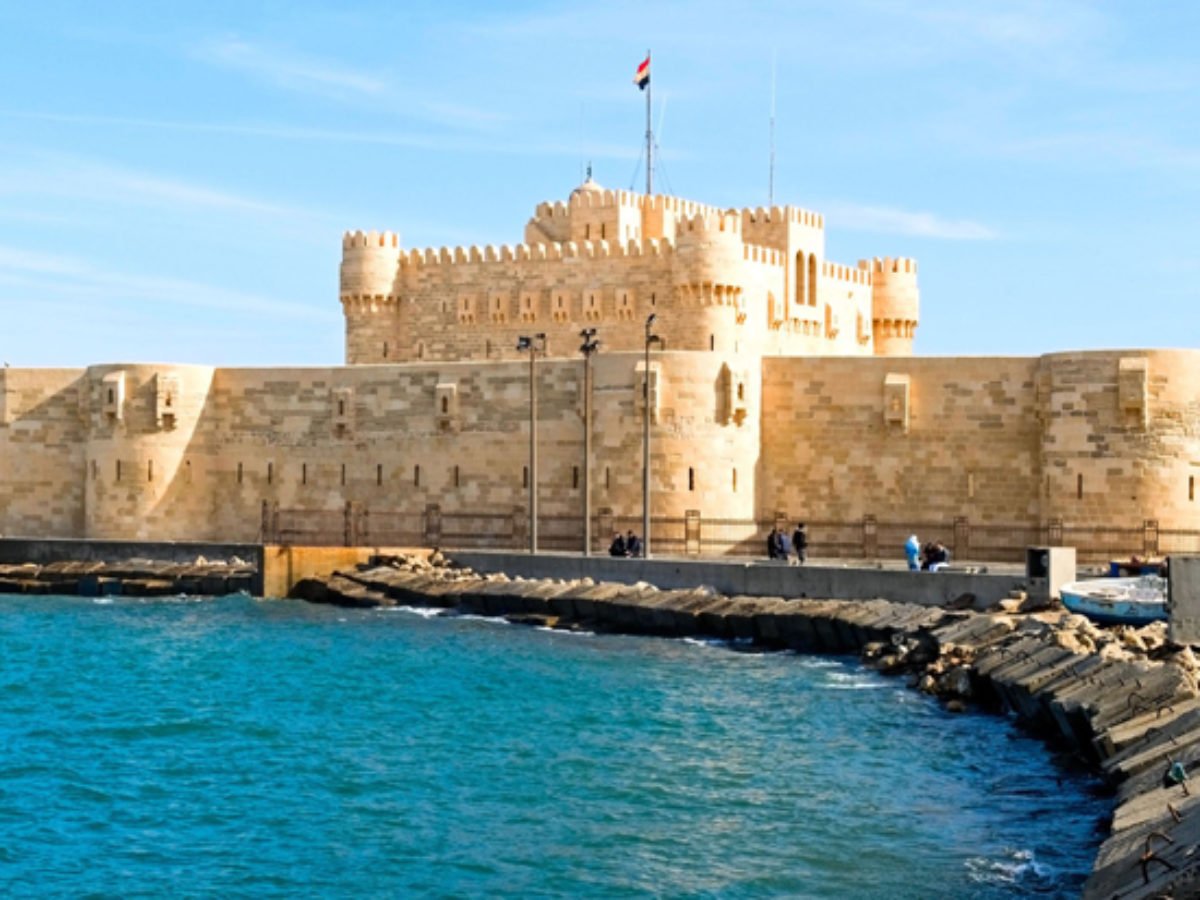
Once among the greatest cities of the Mediterranean world and a centre of Hellenic scholarship and science, Alexandria was the capital of Egypt from its founding by Alexander the Great in 332 BCE until its surrender to the Arab forces led by ʿAmr ibn al-ʿĀṣ in 642 CE. One of Egypt’s largest cities, Alexandria is also its principal seaport and a major industrial centre. The city lies on the Mediterranean Sea at the western edge of the Nile River delta, about 114 miles (183 km) northwest of Cairo in Lower Egypt. Area city, 116 square miles (300 square km). Pop. (2006) city, 4,110,015.
Alexandria National Museum
Alexandria’s National Museum is a must-stop if you want to get to grips with the vast history of this famed city. Inside, the collection guides you from the Pharaonic era (in the basement), to the Hellenistic heyday, when Alexandria and Egypt were governed by the Ptolemy dynasty begun by Alexander the Great (on the ground floor), and up to the Byzantine and Islamic periods (on the 1st floor).
As well as the displays, statuary, and antiquities unearthed in and around the city (including finds from underwater explorations in the area offshore), there are excellent map drawings that imagine what the classical city of Alexandria would have looked like, which really helps visitors understand the changing face of this city.
Address: Tariq al-Horreya Street, Alexandria
Fort Qaitbey
Walk the long shore-front Corniche road heading west, and you’ll finally arrive at Fort Qaitbey. It may be a poor substitute for what was once the site of the mighty Pharos Lighthouse — one of the seven wonders of the ancient world — but this squat and dinky fort has been standing guard over Alexandria’s eastern harbor since 1480. The Pharos itself said adieu to Alexandria in 1303 when it was toppled by a violent earthquake.
Fort Qaitbey was built by Mamluke Sultan Qaitbey in an effort to fortify this important Egyptian port from attack, and rubble from the toppled lighthouse was used in its construction. Inside, you can explore the series of stone-walled chambers and climb up to the roof to look out over the Mediterranean.
Location: Corniche, Eastern Harbour
Kom el-Dikka
Nobody thought much of the ancient rubble mound in central Alexandria until, in 1947, they decided to clear the site to make way for new housing. Instead, the area known as Kom el-Dikka (“Mound of Rubble”) revealed a whole swag of ancient ruins, including a small Roman theater. Excavation work commenced, and today, this park area includes the remnants of a Ptolemaic temple and the mosaic flooring of a wealthy Roman-era dwelling now known as the Villa of the Birds.
Address: Yousri Street, Alexandria
Catacombs of Kom el-Shuqqafa
The Catacombs of Kom el-Shuqqafa are hewn from the rock on the southern slopes of a hill, in the Carmous district. Thought to date from the 2nd century AD, they offer an admirable example of the characteristic Alexandrian fusion of Egyptian and Greco-Roman styles. Discovered in 1900 (thanks to a donkey falling into them) they are laid out on several levels of sarcophagi and loculi (shelf tomb) chambers.
A spiral staircase leads down into the ground to the main rotunda. To the right, you can enter the main burial chamber and also the Sepulchral Chapel with 91 loculi, each large enough to accommodate three or four mummies. To the left is a large room known as the Triclinium Funebre, which would have been used for banquets in honor of the dead.
Cavafy Museum
One of Alexandria’s most famous sons, Constantine Cavafy (1863-1933), was a Greek Alexandrian poet who found fame and recognition for his writing after his death. His flat on what is now Sharm el-Sheikh Street is a tribute to his life and a major attraction for anyone on an Alexandrian literary pilgrimage.
Cavafy spent his working life as a journalist and civil servant, little recognized for his poetry outside of a small group of Alexandrian-based writers (including English novelist E.M. Forster, who was a champion of Cavafy’s work). His poetry, though, richly captures the vast history of Alexandria — particularly its Hellenistic origins — and he has become one of the greatly celebrated literary figures of the city. The small museum contains many of his manuscripts and correspondence.
Address: Sharm el-Sheikh Street, Alexandria







